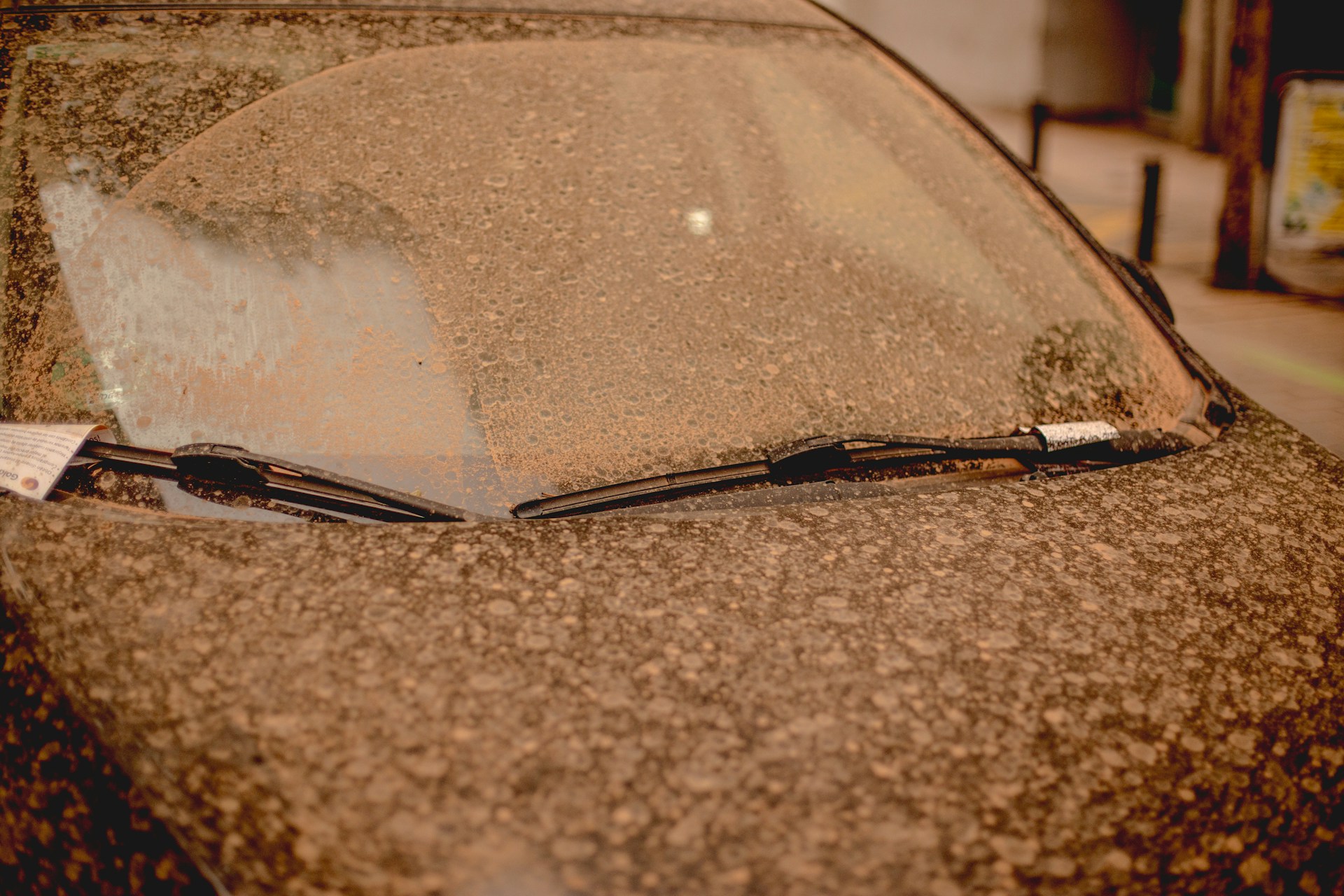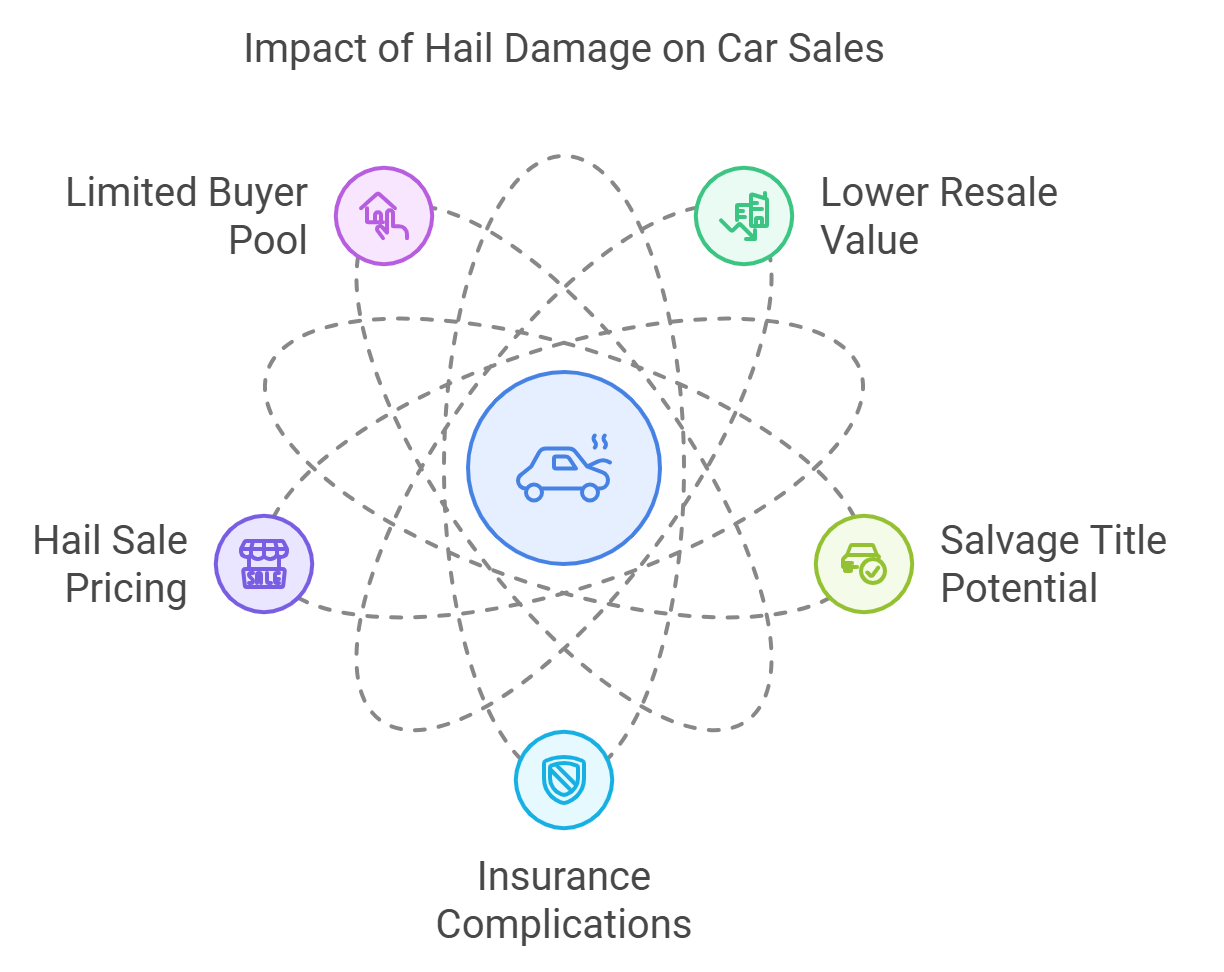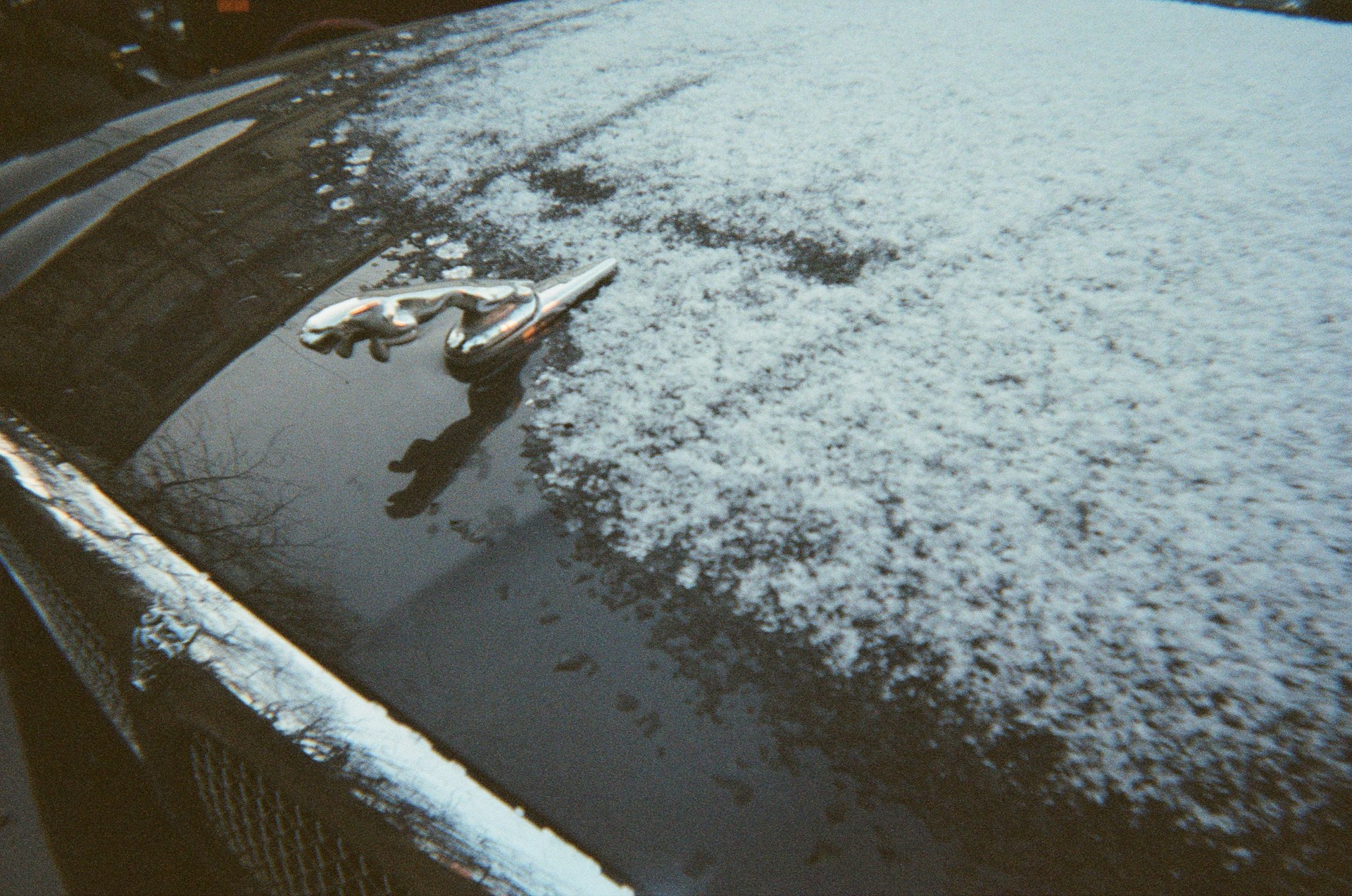When hail storms strike, they leave behind countless cars pitted with dents and damage. For buyers on a budget, the decision to buy hail-damaged cars often boils down to balancing cost savings against potential repair expenses. Some hail-damaged vehicles are sold “as is,” offering a chance to save money upfront, but they may require significant repairs later. Before you decide, it’s crucial to evaluate the extent of the damage and whether the vehicle fits your needs. Understanding how hail impacts a car's condition and resale value can help you make an informed choice and avoid unexpected costs in the future.
How to Spot Hail Damage on a Car
Hail damage in cars is usually noticed by the keen eye of a professional inspector. Look for clusters of small dents on the hood, roof, and trunk, as these are common impact points during a hail storm. Pay close attention to the windshield and windows for cracks or chips that may indicate deeper issues. A new car with unnoticed hail damage might seem like a deal, but it can turn into a bad option if repairs exceed the price savings. Always check a vehicle history report to uncover past damage.
Why Do Some Dealerships Sell Hail-Damaged Cars?
When severe weather hits, the question arises: what do car dealerships do when it hails? Often, a dealer faces a tough choice with inventory impacted by storms. Instead of paying the total cost for extensive repairs, they may opt to sell the vehicles at a discount. A dealership can recover some losses from selling a hail-damaged car and give buyers a supposedly better price on a brand-new vehicle. This might attract bargain buyers, although a lighter financial burden for the dealer may be a plus. At times, insurance payouts on hail-damaged inventory offset some of the repair costs, in which case selling as-is might become more viable for the cars. For the consumers, it is rather important to weigh the discount against potential repair expenses when considering a purchase from a dealership post-storm.
Why Do Private Sellers Sell Hail-Damaged Cars?

Private owners often sell a hail-damaged vehicle after weighing the cost of repairs against its current value. Unlike dealers, individual sellers may lack insurance coverage or funds to fix damage caused when a storm hits. For some, selling as-is is the easiest way to move on from a car with existing damage. Few dents, however, can mask bigger issues, like structural damage on a car, which could impact safety. For buyers, it's a matter of carefully assessing whether the vehicle’s condition aligns with its price and potential repair costs before committing.
How Much Can Hail Damage Devalue a Car?
| Hail Damage Factor | Impact on Vehicle | Estimated Value Loss |
| Light cosmetic dents | Small, shallow dents on the hood or roof; no paint damage | $500–$1,500 or 5% of market value |
| Cracked windshield | Fractures or chips in windshield glass | $300–$1,000 |
| Paint scratches or chips | Visible damage to paint requiring refinishing | $800–$2,000 or 10%–15% of value |
| Metal panel damage | Dents on multiple panels (hood, doors, trunk, roof) | $2,000–$5,000 or 20%–30% of value |
| Severely damaged roof | The roof requires replacement due to deep dents or cracks | $5,000 or 30%–40% of market value |
| Total structural damage | Frame compromised or multiple panels destroyed | Up to 50% or declared a total loss |
Is It Worth Fixing Hail Damage on a Car
Repair decisions based on the severity of the problem and vehicle value are important to make. In instances of minor damage, like small dents or cosmetic imperfections, it may be cost-effective to repair hail-damaged trucks or cars, especially newer or high-resale-value vehicles. Insurance often covers repairs, but the owner must factor in the deductible, which can make fixing minor damage less appealing if costs exceed the benefit. Repairing deeper dents or cracks becomes more critical to prevent further degradation, especially if structural parts are affected. Always get a professional estimate before committing so that you can determine if the cost will be worth the value of your car. If the damage is severe, it may be more sensible to consider the idea of selling the car as-is rather than paying more money for repairs.
What Does Hail Damage Change in the Car Sale?

- Lower resale value: In regions with frequent hail storms, a used car with visible hail damage typically sells for less due to reduced appeal.
- Potential for a salvage title: Severe hail damage can lead to a salvage title, impacting the car’s resale prospects and requiring full disclosure to buyers.
- Insurance complications: Sellers may need to coordinate with an insurance agent to confirm whether repair claims were filed or resolved before listing the vehicle.
- Attractive hail sale pricing: Lower prices during a hail sale can attract buyers but reduce the seller’s profit margin significantly.
- Limited buyer pool: Some buyers avoid hail-damaged cars altogether, requiring sellers to invest extra effort to market the car effectively.
How to Negotiate for a Hail Sale Deal
What If My Personal Car Was Damaged by Hail?

As an owner, approaching a hail-damaged car is all about assessing the level of damage. Cosmetic ones, like small scratches, may not hinder the working of the vehicle but could lower the resale value of the car. Thus, paintless dent repair would be cheaper for bringing back its aesthetic look without repainting it. Remember, whenever you sell, buyers on the lookout for a car that has been damaged by hail are mostly looking out for a discount. Making sure that the remedy of visible damages is prompt reduces the long-term dent of damage and hence increases the appeal towards buyers.
How to Prevent Hail Damage to Your Car
- Park in covered areas: Use garages, carports, or underground parking during a hail storm to avoid a hail-damaged car.
- Invest in a car cover: A thick, padded cover can shield your vehicle from potential scratches and minimize the need to repair hail damage later.
- Monitor weather reports: Stay informed about incoming storms and take proactive measures to protect your car.
- Check insurance coverage: Confirm with your insurance company that hail damage is included in your policy for added protection.
- Seek temporary shelters: If caught during a storm, parking under overpasses or other structures can help minimize damage.
Summary
Buying a car with hail damage can be a smart financial move if you understand the risks and rewards. A hail-damaged car typically comes with a lower price tag, allowing buyers to save money upfront. However, it’s essential to assess whether the cosmetic damage is purely aesthetic or if it masks deeper structural issues. Before purchasing, consult with the insurance company to verify if the damage was claimed and repaired. For sellers, a car damaged in a hail storm requires transparent disclosure to maintain buyer trust. Timing your purchase during a seasonal clearance or after a storm can also increase your savings. Estimate the best time to buy a car to maximize your opportunities in the market.
Frequently Asked Questions
Yes, hail damage can lead to rust if it cracks the car’s surface, exposing bare metal. Once the protective layers are compromised, moisture can seep in, causing oxidation over time. To prevent rust, it’s important to address even small scratches promptly.
It’s usually better to stop during a hail storm to avoid worsening the damage. Driving keeps the car in motion, exposing more areas to hail, which can result in cracked glass or severe damage. If stopping isn’t possible, reduce your speed and seek covered shelter.
No, hail damage doesn’t void a car warranty, as warranties cover factory-related defects and not external damage caused by weather. However, if hail damage affects covered components — such as causing leaks in seals — it may create complications when filing warranty claims.
Hail can ruin protective coatings if the hailstones are large enough to crack or chip them. Once the surface is damaged, it becomes vulnerable to further deterioration, such as corrosion.







